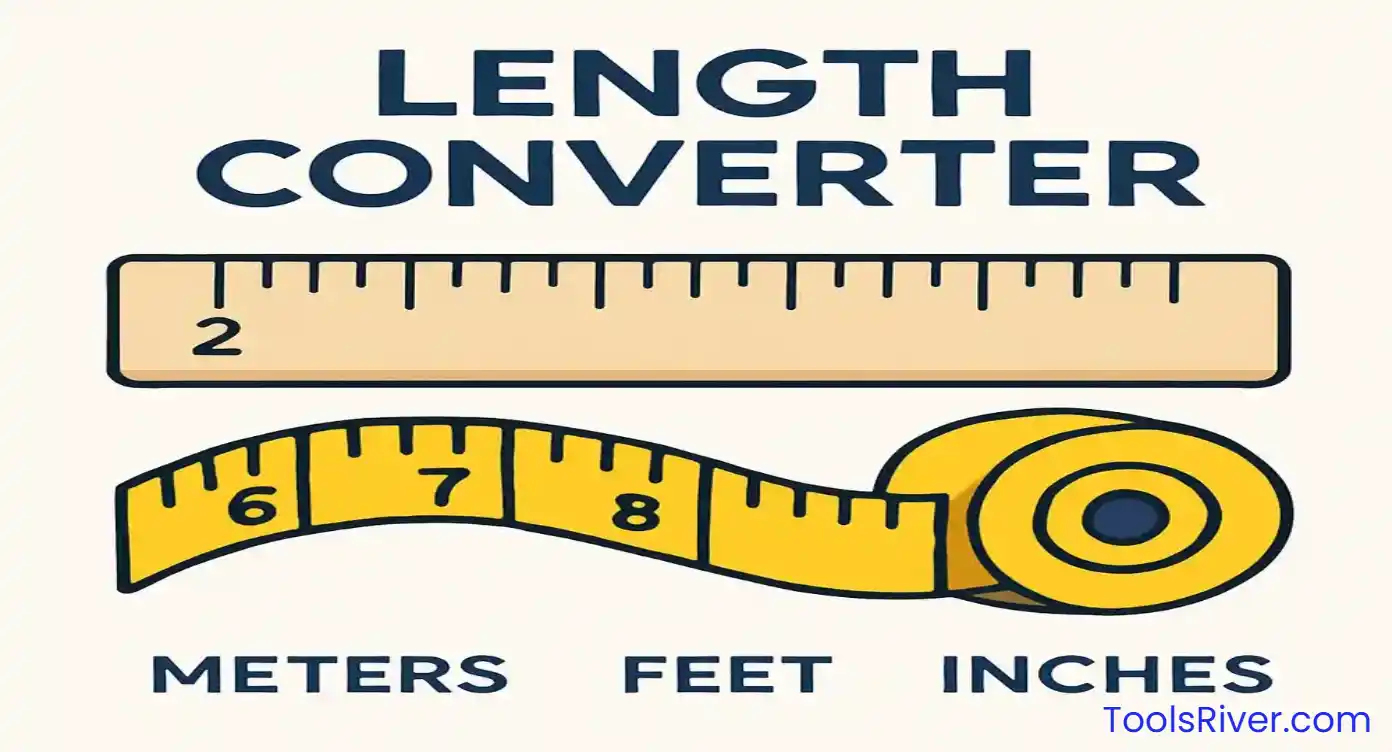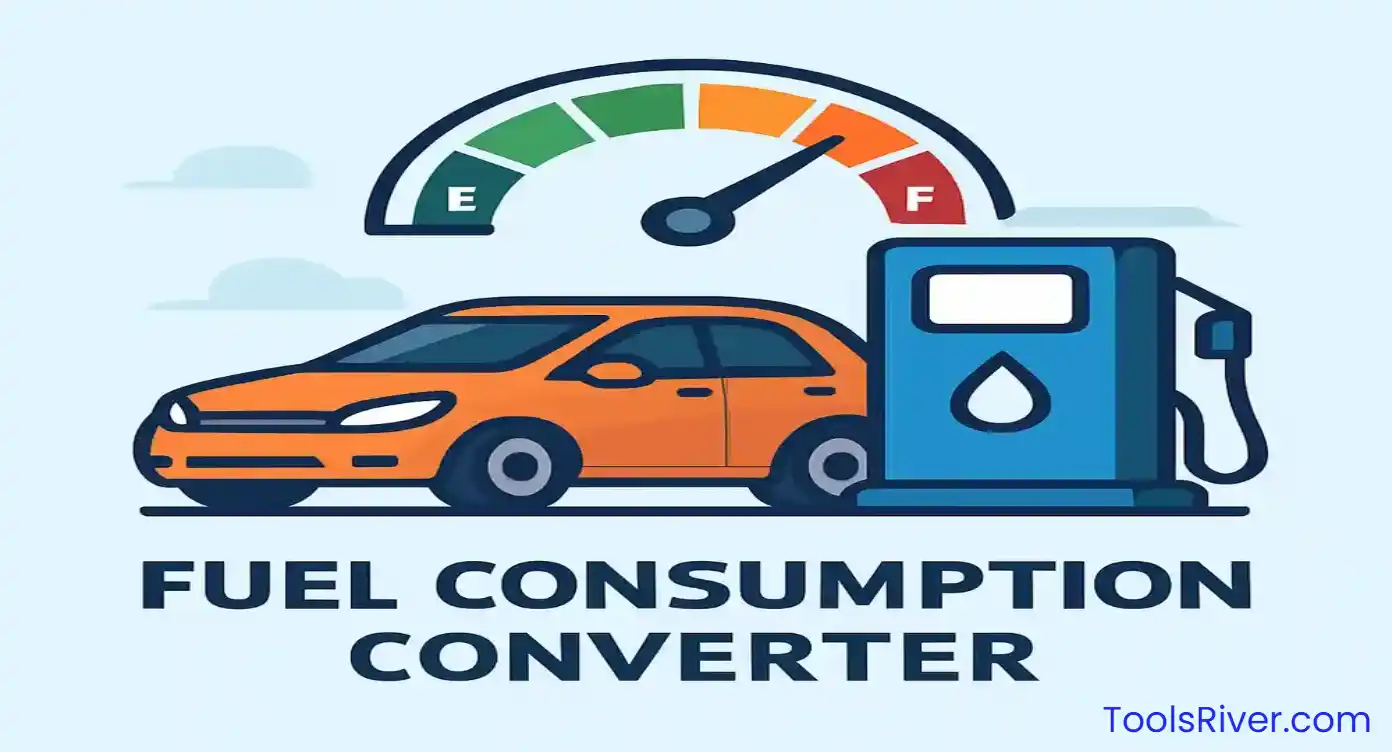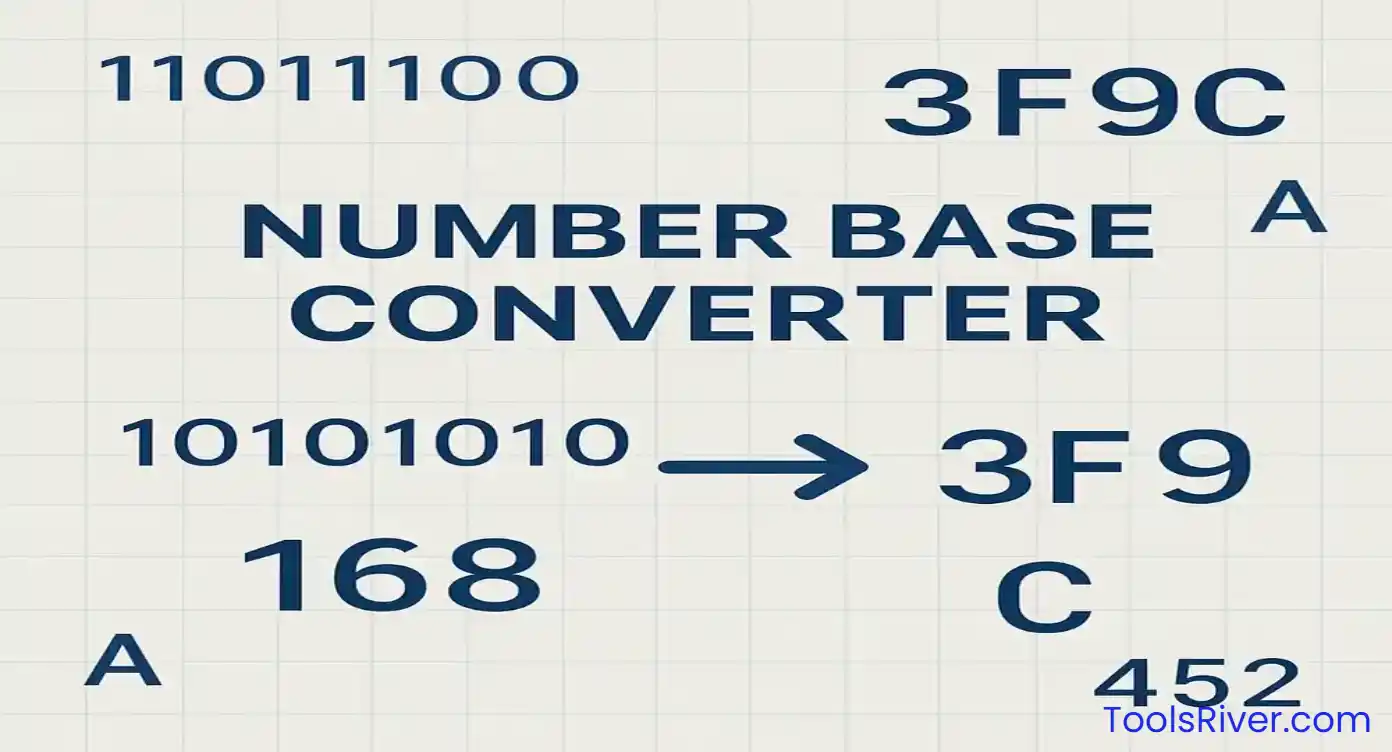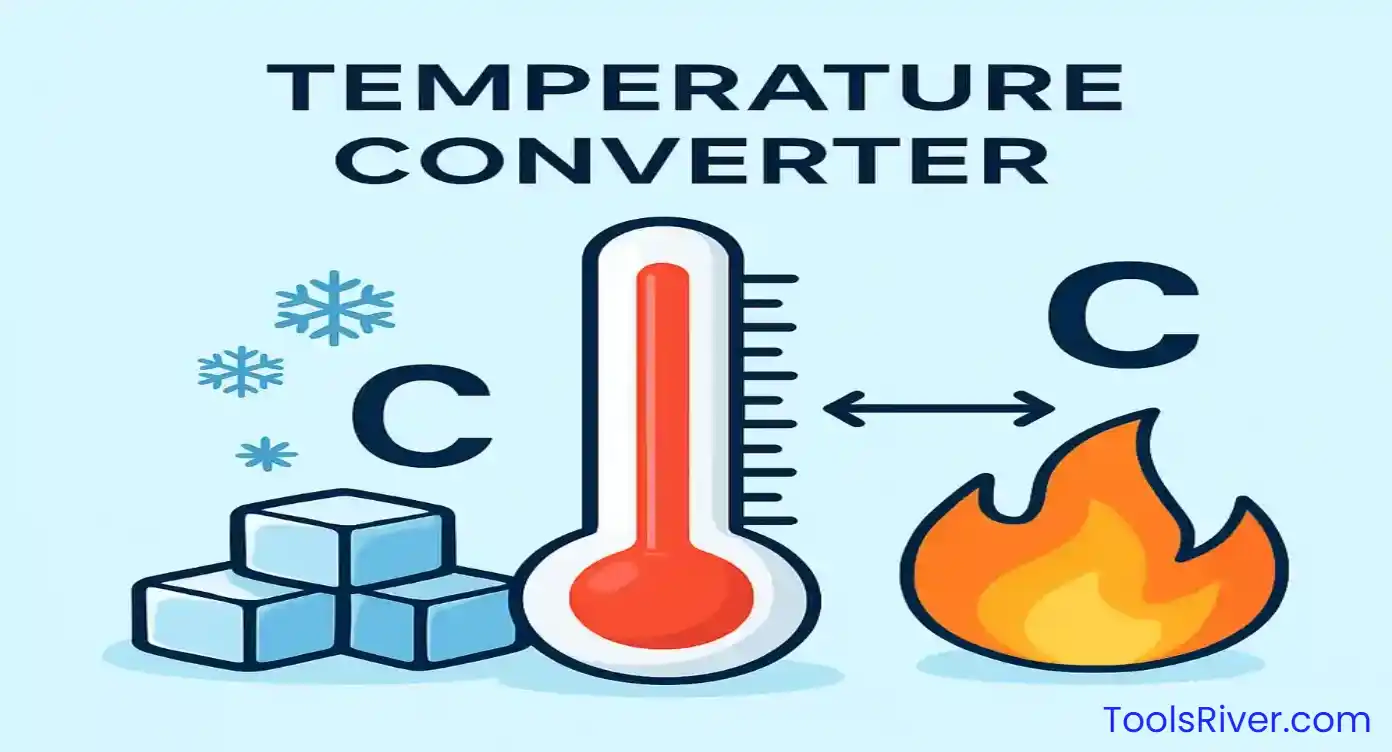Pressure Converter Tool
Convert between PSI, Bar, Pascal, ATM, mmHg and more
Enter Pressure Value
Enter a value in any unit and see instant conversions
Quick Conversions
Automotive
Tire pressure, engine compression, hydraulic systems
HVAC
Air conditioning, refrigeration, ventilation systems
Weather
Atmospheric pressure, weather forecasting, barometric readings
Scientific
Laboratory experiments, research, industrial processes
Complete Guide to Pressure Conversion
Pressure conversion is an essential skill across multiple industries and daily applications. Our comprehensive pressure converter tool enables you to seamlessly convert between various pressure units including PSI (Pounds per Square Inch), Bar, Pascal, Atmosphere (ATM), mmHg (millimeters of Mercury), and many other units used worldwide.
Understanding Pressure Units
Pressure represents the force applied perpendicular to the surface of an object per unit area. Different industries and regions use various units to measure pressure, making conversion tools indispensable for professionals and enthusiasts alike. Understanding these units helps ensure accuracy in automotive maintenance, HVAC installations, scientific research, and weather monitoring.
Common Pressure Units Explained
PSI (Pounds per Square Inch)
PSI is the most commonly used pressure unit in the United States, particularly in automotive and industrial applications. Tire pressure, hydraulic systems, and pneumatic tools typically use PSI measurements. Standard atmospheric pressure equals approximately 14.7 PSI at sea level.
Bar and Millibar
The Bar is a metric unit of pressure widely used in meteorology and engineering. One bar equals approximately 14.5 PSI and is very close to atmospheric pressure. Millibars are commonly used in weather reporting and atmospheric pressure measurements.
Pascal (Pa)
Pascal is the SI unit of pressure, named after Blaise Pascal. It represents one newton per square meter. Due to its small size, pressure is often expressed in kilopascals (kPa) or megapascals (MPa) for practical applications.
Atmosphere (ATM)
Atmosphere represents the pressure exerted by Earth's atmosphere at sea level. It serves as a reference point for many pressure measurements and equals 101,325 Pascal or 14.696 PSI.
mmHg (Millimeters of Mercury)
Millimeters of Mercury, also known as Torr, is traditionally used in medicine and barometric pressure readings. Blood pressure measurements and vacuum applications commonly use this unit.
Applications Across Industries
Automotive Industry
Automotive applications require precise pressure measurements for optimal performance and safety. Tire pressure affects fuel efficiency, handling, and tire longevity. Engine compression testing, brake systems, and hydraulic components all rely on accurate pressure readings. Understanding pressure conversions helps mechanics and car owners maintain vehicles properly regardless of the measurement system used.
HVAC Systems
Heating, Ventilation, and Air Conditioning systems depend on precise pressure control for efficient operation. Refrigerant pressures, ductwork testing, and system diagnostics require conversions between different pressure units. HVAC technicians must understand pressure relationships to troubleshoot problems and ensure optimal system performance.
Weather and Meteorology
Atmospheric pressure measurement is crucial for weather prediction and climate monitoring. Barometric pressure changes indicate weather pattern shifts, storm development, and atmospheric conditions. Weather stations worldwide use various pressure units, making conversion tools essential for meteorologists and weather enthusiasts.
Scientific Research
Laboratory experiments, material testing, and industrial processes require precise pressure control and measurement. Research applications span from vacuum technology to high-pressure material synthesis. Scientists must convert between pressure units when collaborating internationally or working with equipment from different manufacturers.
Benefits of Using Our Pressure Converter
- Instant Conversions: Real-time calculations provide immediate results as you type
- Multiple Units: Support for all commonly used pressure units in one tool
- High Precision: Accurate calculations suitable for professional applications
- User-Friendly Interface: Intuitive design makes conversions quick and easy
- Mobile Responsive: Access the tool from any device, anywhere
- Industry Applications: Suitable for automotive, HVAC, scientific, and weather applications
Conversion Tips and Best Practices
When working with pressure conversions, always verify the accuracy of your measurements and understand the context of your application. Different industries may have specific requirements for precision and safety factors. Keep reference charts handy for quick mental calculations, but always use precise conversion tools for critical applications.
Understanding pressure conversion enhances your ability to work with international standards, collaborate across different measurement systems, and ensure safety in pressure-sensitive applications. Whether you're a professional technician, student, or hobbyist, mastering pressure conversions is an invaluable skill.
Safety Considerations
Always prioritize safety when working with pressurized systems. Understand the pressure ratings of your equipment and never exceed manufacturer specifications. Proper pressure measurement and conversion are critical for maintaining safe operating conditions in automotive, industrial, and scientific applications.











